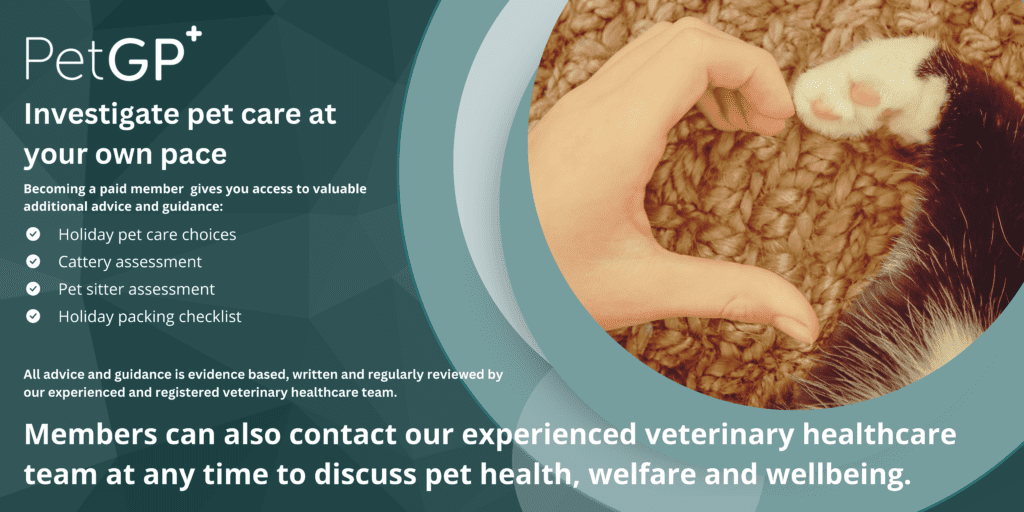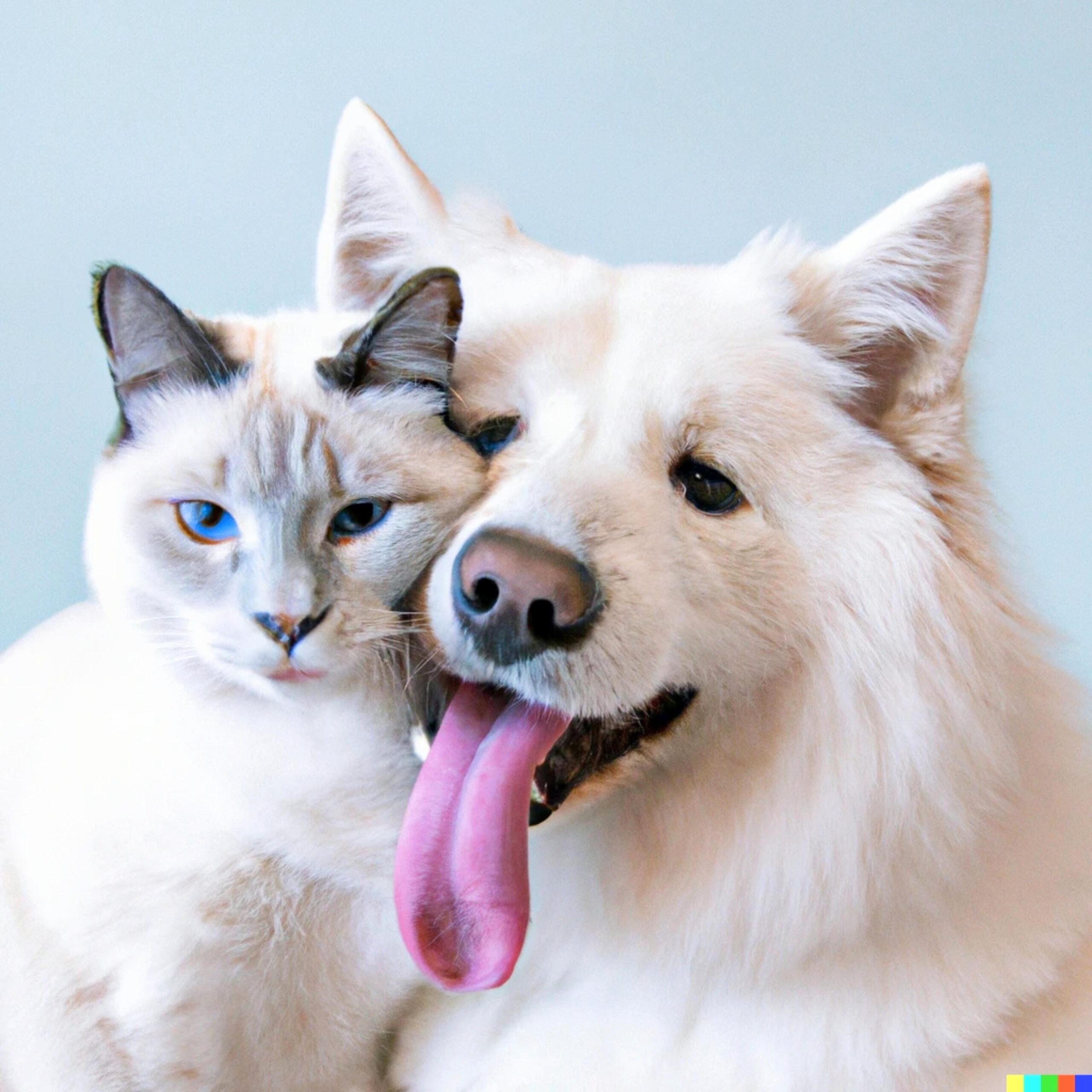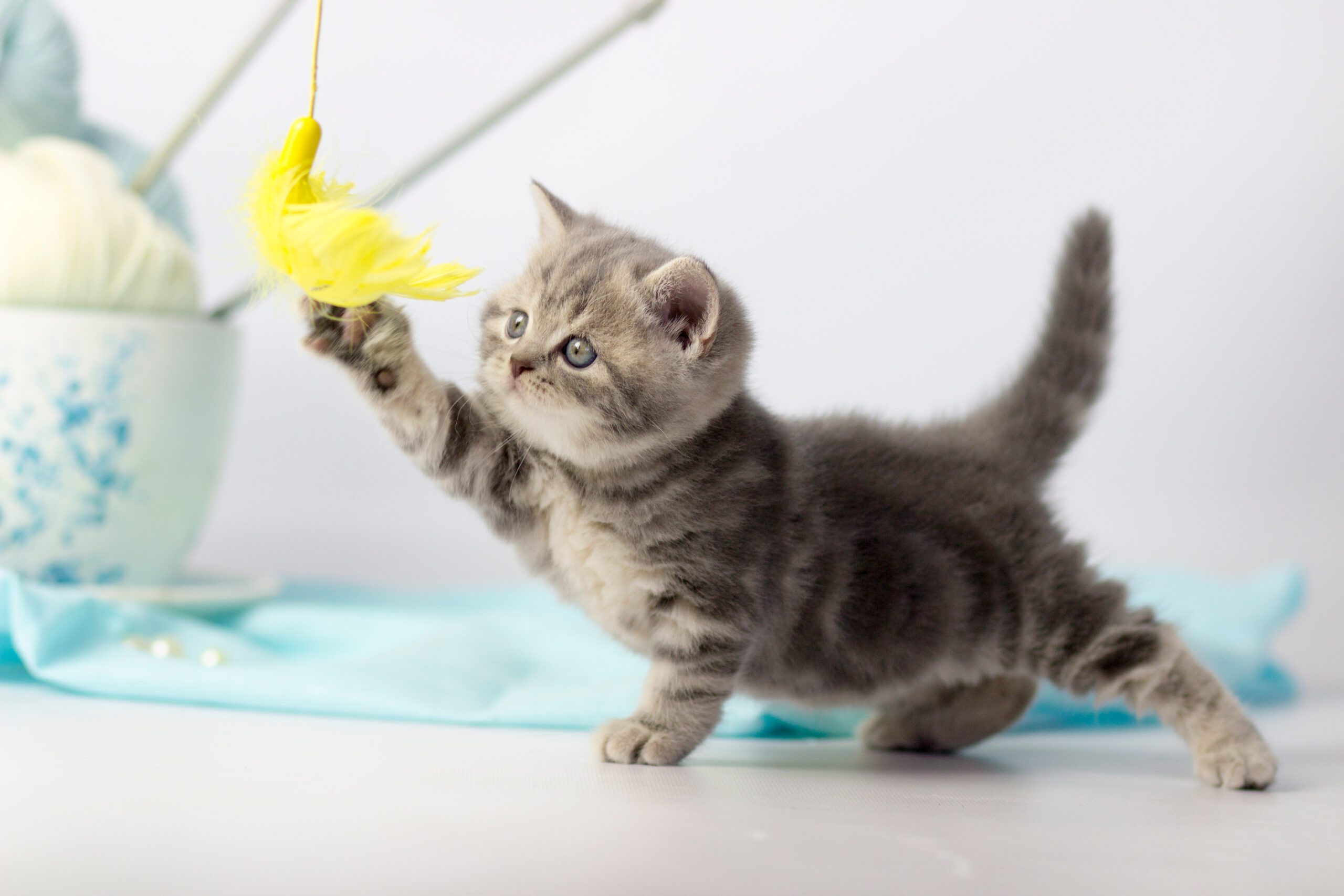Cat body language
Cats are often perceived as mysterious, independent or aloof pets but they communicate clearly, perhaps just not always in ways we may understand. Cats primarily use body language, vocalisations and scent marking to express their emotions, needs, and intentions. Learning how to interpret these signals is essential for anyone who lives with or cares for cats, as it fosters a stronger bond, reduces the likelihood of conflict and improves feline welfare.
Key body language signals
Posture
The way a cat positions its body reveals how safe or threatened it feels.
- Relaxed: Lying on the side or back with an exposed belly indicates trust, though it’s not necessarily an invitation for a belly rub.
- Crouched with legs under body: Suggests the cat is unsure or ready to flee.
- Arched back with fur standing on end: A classic “scared cat” look, often used as a defensive display to appear larger and more intimidating.
Tail position
A cat’s tail is a vital communication tool that reflects its mood and level of arousal. Unlike dogs, where wagging often suggests excitement or happiness, cats use more subtle tail movements.
- Upright with a slight curl at the tip: Indicates a friendly, confident, and relaxed cat. This posture is commonly seen when a cat approaches its owner or enters a familiar environment.
- Low or tucked between the legs: A clear sign of fear, submission, or anxiety.
- Puffed-up tail: Signals sudden fear or aggression. Cats puff up their tail and body to appear larger when they feel threatened.
- Twitching tip or flicking: Often seen when a cat is concentrating (e.g. watching prey), frustrated, or irritated.
Ears
Cats’ ears are highly expressive and mobile, offering strong clues about their emotional state.
- Forward-facing ears: Show curiosity and attentiveness, usually in a relaxed cat.
- Flattened ears (against the head): Indicate fear, defensiveness, or aggression.
- Swivelling ears: Suggest the cat is alert and listening to sounds from different directions. Rapid swivelling can also be a sign of stress.
Eyes
Cats communicate a great deal with their eyes, especially through pupil size and blinking behaviour.
- Slow blinking: A sign of trust and affection. Many behaviourists recommend slow blinking back to your cat as a bonding tool.
- Dilated pupils: Can suggest excitement, fear or overstimulation.
- Direct, wide-eyed stare: May be a challenge or signal discomfort, particularly toward other cats. However, direct eye contact from humans can also be interpreted as threatening by some cats.
Whiskers
Although often overlooked, whisker position is another subtle indicator of feline emotion.
- Forward-pointing whiskers: Show interest or hunting focus.
Flat or pulled-back whiskers: Suggest fear, discomfort, or aggression
Vocalisations
Although cats are less vocal than dogs, they do use a variety of sounds to communicate—particularly with humans.
- Meowing: Uniquely reserved for human interaction in adult cats, meows can signal a desire for food, attention or interaction. The tone and frequency can vary depending on urgency or mood.
- Purring: Most often associated with contentment, but it can also occur when a cat is anxious, sick or in pain. It's thought that purring can be self-soothing or even aid in healing.
- Hissing or growling: Defensive vocalisations indicating that the cat feels threatened or is warning others to back off.
- Chirping or chattering: Common when a cat watches birds or small prey from a window. It may reflect predatory excitement or frustration at not being able to reach the target.
Scent communication
Scent plays a major role in feline communication. Cats have scent glands on their cheeks, forehead, paws, and base of the tail. They use these to mark territory, communicate status and create a familiar-smelling environment.
- Rubbing against objects or people: This “scent-marking” deposits pheromones and indicates ownership or affection.
- Kneading with paws: Also a form of scent marking, often associated with contentment.
- Spraying or urine marking: More commonly observed in un-neutered males but can occur in any cat experiencing stress, anxiety or territorial competition. It is a way of asserting territory through strong pheromone signals.
Interpreting Cat Behaviour.
No single sign should be interpreted on its own. A slow-blinking cat with an upright tail and forward-facing ears is clearly at ease and showing affection. But a cat that’s crouched, with a flicking tail and flattened ears, is likely feeling stressed or fearful, even if it’s not vocalising or attempting to flee.
Context is also critical. A cat that reacts aggressively at the vet may show the same body language as one defending its territory from another cat. Reading these signs correctly can prevent injury, reduce feline stress, and support more positive human-cat interactions. Some fearful body language signals can also be a potential sign of pain in cats so you should always discuss any concerns with your vet.
Why Understanding Cat Body Language Matters
Many behavioural issues such as inappropriate scratching, aggression or house soiling, stem from misunderstandings or stress. Recognising how a cat communicates enables owners to address underlying problems before they escalate. It also enhances training, socialisation, and daily interaction, leading to a more harmonious home.
Teaching children and guests how to read feline signals can also reduce the risk of bites or scratches. For example, knowing not to touch a cat showing a twitching tail, dilated pupils, or pinned-back ears could prevent a negative encounter.





